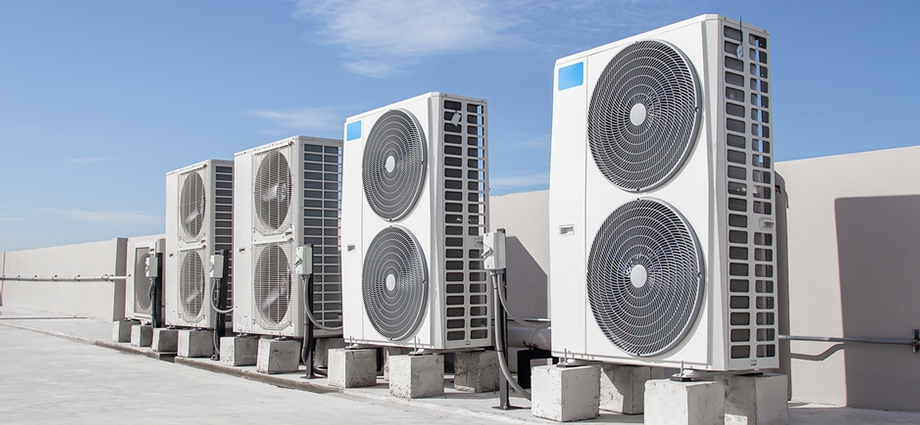Introduction:
In the intricate dance of maintaining optimal indoor climates, two integral components work in tandem to create comfort and efficiency—HVAC (Heating, Ventilation, and Air Conditioning) Control Systems and Air Conditioning Systems. These interconnected realms of climate control play pivotal roles in providing comfortable environments for various settings, from residential spaces to large commercial complexes.
HVAC Control Systems:
- Mastering the Symphony of Climate Control:
HVAC Control Systems serve as the conductors of indoor climate orchestration. These systems encompass a network of sensors, controllers, and actuators designed to regulate heating, ventilation, and air conditioning in a harmonized manner. The overarching goal is to maintain a comfortable, healthy, and energy-efficient indoor environment.
- Smart Sensing and Automation:
The modern era has witnessed the rise of smart HVAC Control Systems that leverage advanced sensors to monitor temperature, humidity, and air quality. Automation features enable precise adjustments based on real-time data, optimizing energy consumption and comfort levels.
- Integration with Building Management Systems (BMS):
HVAC Control Systems often integrate seamlessly with Building Management Systems, allowing for centralized control and monitoring. This integration facilitates a holistic approach to climate control, considering factors such as occupancy patterns, external weather conditions, and energy efficiency.
- Energy Efficiency and Sustainability:
With a growing emphasis on sustainability, HVAC Control Systems play a crucial role in optimizing energy usage. Features like programmable schedules, adaptive control algorithms, and energy-efficient components contribute to reducing the environmental impact of climate control systems.
Air Conditioning Systems:
- Cooling Precision:
At the heart of maintaining comfortable indoor temperatures lies the Air Conditioning System. These systems leverage various technologies, including refrigeration cycles, to cool and dehumidify the air. From window units to central air conditioning, these systems cater to diverse needs.
- Innovations in Cooling Technology:
Advancements in air conditioning technology have led to the development of more efficient and environmentally friendly systems. Variable refrigerant flow (VRF) systems, for example, provide precise control over the amount of refrigerant flow, enhancing both comfort and energy efficiency.
- Residential and Commercial Applications:
Air Conditioning Systems are versatile, finding application in both residential and commercial settings. While residential units focus on individual room comfort, commercial systems often involve more complex configurations to cater to larger spaces.
- Indoor Air Quality Enhancement:
Beyond temperature control, modern Air Conditioning Systems are designed to improve indoor air quality. Filters and purifiers are integrated to remove pollutants, allergens, and particulate matter, contributing to a healthier living or working environment.
Synergy and Integration:
- Optimized Climate Control:
The synergy between HVAC Control Systems and Air Conditioning Systems is evident in their combined effort to achieve optimized climate control. HVAC controls regulate the overall environment, while air conditioning systems address the specific task of cooling, creating a comprehensive solution.
- Energy-Efficient Dynamics:
The integration of these systems allows for energy-efficient operations. HVAC controls can adjust ventilation based on occupancy, and air conditioning systems can modulate their output based on the temperature requirements, resulting in a finely tuned and energy-conscious climate control ecosystem.
- Adaptability to Changing Conditions:
The interconnected nature of HVAC Control Systems and Air Conditioning Systems enables adaptability to changing conditions. Whether responding to sudden temperature fluctuations or adjusting to varying occupancy levels, this synergy ensures a responsive and dynamic climate control infrastructure.
Conclusion:
In this ever-evolving journey, the concluding notes echo a commitment to sustainability. The collaborative efforts of HVAC control systems and air conditioning technologies contribute to a future where comfort is not at odds with environmental responsibility but rather a harmonious blend of technological innovation and ecological mindfulness. As we navigate the path ahead, the fusion of these technologies promises a climate-controlled future that is not only intelligent and efficient but also deeply connected to the broader aspirations of a sustainable and resilient world.

